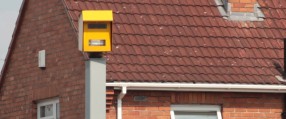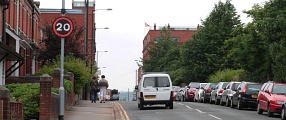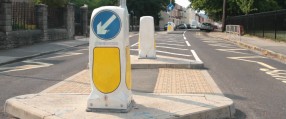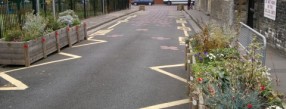Community Speed Watch
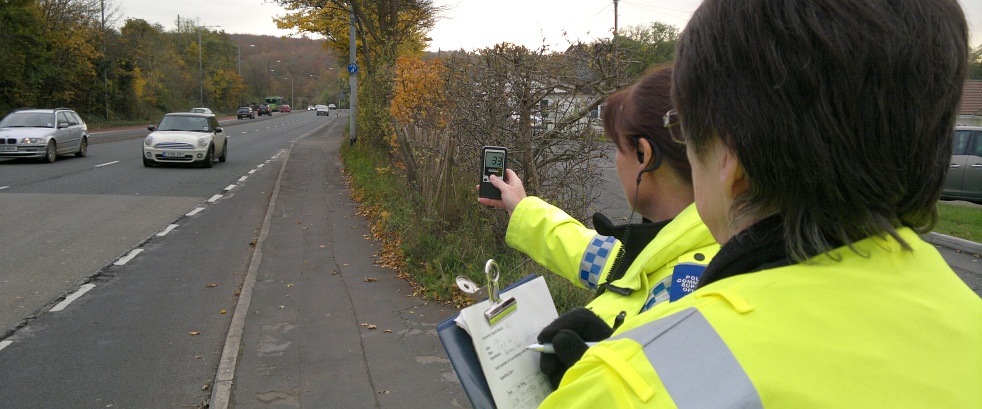
Community Speed Watch is a scheme to allow volunteers to monitor the speed of passing vehicles using a hand-held speed detection device.
The volunteers record the details of vehicles which are exceeding the speed limit by around 10%. These details are passed to the Police, who will issue a letter to the vehicle owner, advising them of the dangers of speeding, and reminding them of the law. If three letters are issued to the same vehicle owner, the Police carry out further investigation.
Only two to four volunteers are allowed to operate at one site at a time, and they must be in plain view of vehicle drivers at all times with high visibility jackets.

Disadvantages
- Vehicle drivers can’t be fined if they are recorded exceeding the speed limit
- Vehicle drivers may be aware the Community Speed Watch groups can’t issue fines, and will continue to exceed the speed limit
- Requires willing community volunteers to offer their time
More information from the Police
You can get more information on Community Speed Watch on the Avon and Somerset Constabulary website.
Advantages
- Volunteer run, with no cost to the Partnership
- Equipment and training provided by Safer Bristol and Avon and Somerset Police
- Community engagement in speeding issues is a different way of changing driver behaviour
Effectiveness
This intervention doesn’t have any safety evidence available. Instead, likely outcomes are covered.
As Community Speed Watch volunteers are highly visible and make use of a speed detection device, it is usually clear to vehicle drivers their speed is being monitored. This may be enough deterrent for many motorists to slow down. Some motorists may mistake the volunteers for police officers.
The ‘community’ element of Community Speed Watch could have a more positive effect on some vehicle driver’s attitudes compared to engineering schemes.
Community Speed Watch may only reduce vehicle speeds when the volunteers are present at the road side. However, there should be a significant effect on vehicle drivers who receive letters as a result of exceeding the speed limit. Other drivers may continue to reduce their speeds at all times, as they might expect Speed Watch to return to the same place, or appear in another area of the city.
Reducing vehicle speeds increases safety because:
- The vehicle has travelled less distance before the driver can react to a hazard
- Breaking distance is reduced, so the vehicle can stop more quickly before a hazard
- A slower moving vehicle will exert less energy on occupants as the vehicle rapidly changes speed on impact (crashes)
- A slower moving vehicle will transfer less energy to a pedestrian in the event of a collision.
Restrictions
- Volunteers must only operate at sites approved by the Police
- Volunteers can only operate in daylight hours



